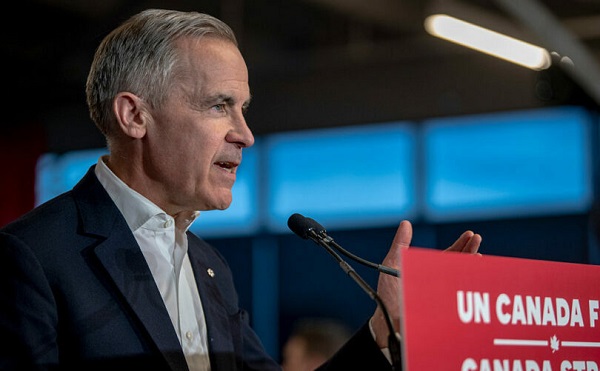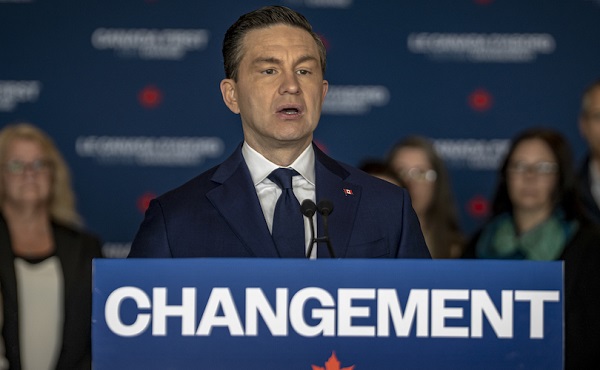Automotive
SAFE FINISHES FOR CENTRAL ALBERTA’S THOMPSON IN CHAOTIC CONTINENTAL GT3 CUP WEEKEND
from Parker Thompson Racing
August 05, 2019
ROAD AMERICA – ELKHART LAKE, WI

This weekend at the famed Wisconsin road course, Road America, thirty-seven Porsche racers from across the continent gathered for two races with implications in both the Canadian and USA divisions of the IMSA GT3 Cup Challenge. The event marked the second of two continental events on the 2019 GT3 Cup calendar, after groups from both countries gathered at the Montreal F1 Grand Prix in June. Driving the #3 entry of Porsche Centre Victoria and SCB Racing, Parker Thompson arrived at Road America ranked 2nd overall in the Canadian championship. In races marred by multiple collisions and lengthy durations under caution, the Alberta native earned two top ten finishes, gaining positions during race action after a difficult qualifying result.
With nearly twice the number of entrants usually seen at Canadian series events, dense traffic on course had an impact throughout the weekend. Qualifying saw many drivers, including Thompson, struggle to find space on the fourteen-turn road course. In an abbreviated session, cut short by an incident on track, Thompson managed only the 12th best qualifying time.
Chaos continued during races on Saturday and Sunday. Drivers involved in close battles throughout the field generated multiple collisions and a string of yellow-flagged laps. Records show that more than three-quarters of race laps during the weekend were driven under caution with the guidance of the Porsche Panamera safety car. For the most part Thompson managed to avoid the chaos. In Race 1, an impact between drivers Dussault and Gomez nearly collected Thompson. He would avoid a collision by jumping the curb and driving his car across the grass to avoid the pair as they spun. It was a close call that would allow multiple drivers to drive past the black and gold #3 car. In only three green flag laps to follow, Thompson would gain three positions. Climbing from 12th, he would finish 9th overall, and sixth among Canadian competitors.
Race 2 showed a slightly better result – Thompson would finish seventh overall. With only one non-Canadian competitor ahead of him however, he was not able to improve on his championship points earnings from Race 1. The result allowed rival Jeff Kingsley to pass Thompson and take second spot in the overall Canadian series championship standings. The two will enter the series finale next month at Circuit Mont Tremblant, separated by only two points.
Parker Thompson
“Anytime there are this many race cars on the track things are bound to get interesting. We knew going into the weekend that setting a good time in qualifying was absolutely critical. Porsche Centre Victoria and SCB Racing gave me a fantastic race car. Unfortunately, I wasn’t able to put a complete lap together to earn the starting grid that we were looking for. With a limited amount of green flag racing this weekend, I’m happy with how we were able to take advantage of the limited opportunities we saw to move up.”
Results
IMSA GT3 CUP CHALLENGE CANADA – Rounds 9 & 10
Qualifying – (PDF)
Race 1 – Provisional (PDF)
Race 2 – Provisional (PDF)
Overall Standings (PDF)
Next Events
August 09 – 11, 2019 – CTCC Round 7 & 8 – GP3R, Trois Rivieres, QC
August 23 – 25, 2019 – CTCC Round 9 & 10 – CTMP, Bowmanville, ON
August 24 – 25, 2019 – IP2000 Round 12 – Gateway Motorsports Park, IL
About Parker Thompson
Red Deer, Alberta native Parker Thompson is regarded as one of Canada’s premiere racing drivers. He started racing karts at age 8 and his natural talent and competitive drive quickly elevated him to international level competitions. By age 13 he was ranked 3rd in the world in Rotax Max karts. Now 21 years old, Parker continues his successful career racing on the Road to Indy, and in multiple sports car series.
Automotive
Canadians’ Interest in Buying an EV Falls for Third Year in a Row

From Energy Now
Electric vehicle prices fell 7.8 per cent in the last quarter of 2024 year-over-year, according to the AutoTader price index
Fewer Canadians are considering buying an electric vehicle, marking the third year in a row interest has dropped despite lower EV prices, a survey from AutoTrader shows.
Forty-two per cent of survey respondents say they’re considering an EV as their next vehicle, down from 46 per cent last year. In 2022, 68 per cent said they would consider buying an EV.
Meanwhile, 29 per cent of respondents say they would exclusively consider buying an EV — a significant drop from 40 per cent last year.
The report, which surveyed 1,801 people on the AutoTrader website, shows drivers are concerned about reduced government incentives, a lack of infrastructure and long-term costs despite falling prices.
Electric vehicle prices fell 7.8 per cent in the last quarter of 2024 year-over-year, according to the AutoTader price index.
The survey, conducted between Feb. 13 and March 12, shows 68 per cent of non-EV owners say government incentives could influence their decision, while a little over half say incentives increase their confidence in buying an EV.
Automotive
Hyundai moves SUV production to U.S.
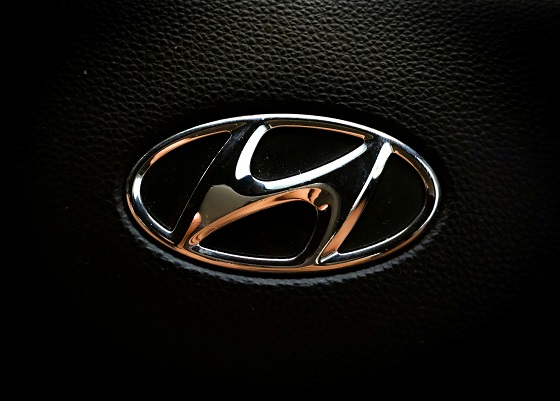
 MxM News
MxM News
Quick Hit:
Hyundai is responding swiftly to 47th President Donald Trump’s newly implemented auto tariffs by shifting key vehicle production from Mexico to the U.S. The automaker, heavily reliant on the American market, has formed a specialized task force and committed billions to American manufacturing, highlighting how Trump’s America First economic policies are already impacting global business decisions.
Key Details:
-
Hyundai has created a tariffs task force and is relocating Tucson SUV production from Mexico to Alabama.
-
Despite a 25% tariff on car imports that began April 3, Hyundai reported a 2% gain in Q1 operating profit and maintained earnings guidance.
-
Hyundai and Kia derive one-third of their global sales from the U.S., where two-thirds of their vehicles are imported.
Diving Deeper:
In a direct response to President Trump’s decisive new tariffs on imported automobiles, Hyundai announced Thursday it has mobilized a specialized task force to mitigate the financial impact of the new trade policy and confirmed production shifts of one of its top-selling models to the United States. The move underscores the gravity of the new 25% import tax and the economic leverage wielded by a White House that is now unambiguously prioritizing American industry.
Starting with its popular Tucson SUV, Hyundai is transitioning some manufacturing from Mexico to its Alabama facility. Additional consideration is being given to relocating production away from Seoul for other U.S.-bound vehicles, signaling that the company is bracing for the long-term implications of Trump’s tariffs.
This move comes as the 25% import tax on vehicles went into effect April 3, with a matching tariff on auto parts scheduled to hit May 3. Hyundai, which generates a full third of its global revenue from American consumers, knows it can’t afford to delay action. Notably, U.S. retail sales for Hyundai jumped 11% last quarter, as car buyers rushed to purchase vehicles before prices inevitably climb due to the tariff.
Despite the trade policy, Hyundai reported a 2% uptick in first-quarter operating profit and reaffirmed its earnings projections, indicating confidence in its ability to adapt. Yet the company isn’t taking chances. Ahead of the tariffs, Hyundai stockpiled over three months of inventory in U.S. markets, hoping to blunt the initial shock of the increased import costs.
In a significant show of good faith and commitment to U.S. manufacturing, Hyundai last month pledged a massive $21 billion investment into its new Georgia plant. That announcement was made during a visit to the White House, just days before President Trump unveiled the auto tariff policy — a strategic alignment with a pro-growth, pro-America agenda.
Still, the challenges are substantial. The global auto industry depends on complex, multi-country supply chains, and analysts warn that tariffs will force production costs higher. Hyundai is holding the line on pricing for now, promising to keep current model prices stable through June 2. After that, however, price adjustments are on the table, potentially passing the burden to consumers.
South Korea, which remains one of the largest exporters of automobiles to the U.S., is not standing idle. A South Korean delegation is scheduled to meet with U.S. trade officials in Washington Thursday, marking the start of negotiations that could redefine the two nations’ trade dynamics.
President Trump’s actions represent a sharp pivot from the era of global corporatism that defined trade under the Obama-Biden administration. Hyundai’s swift response proves that when the U.S. government puts its market power to work, foreign companies will move mountains — or at least entire assembly lines — to stay in the game.
-

 Alberta2 days ago
Alberta2 days agoGovernments in Alberta should spur homebuilding amid population explosion
-

 International2 days ago
International2 days agoHistory in the making? Trump, Zelensky hold meeting about Ukraine war in Vatican ahead of Francis’ funeral
-

 Alberta2 days ago
Alberta2 days agoLow oil prices could have big consequences for Alberta’s finances
-

 C2C Journal1 day ago
C2C Journal1 day ago“Freedom of Expression Should Win Every Time”: In Conversation with Freedom Convoy Trial Lawyer Lawrence Greenspon
-

 2025 Federal Election2 days ago
2025 Federal Election2 days agoCarney’s budget is worse than Trudeau’s
-
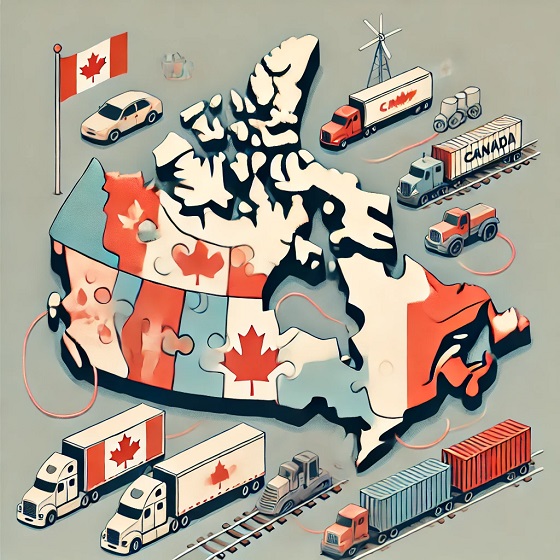
 Business2 days ago
Business2 days agoIt Took Trump To Get Canada Serious About Free Trade With Itself
-
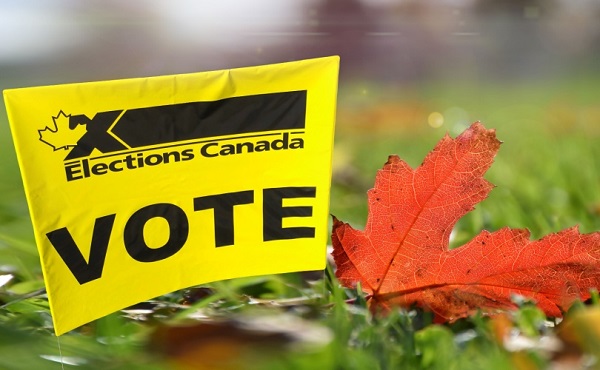
 Opinion1 day ago
Opinion1 day agoCanadians Must Turn Out in Historic Numbers—Following Taiwan’s Example to Defeat PRC Election Interference
-
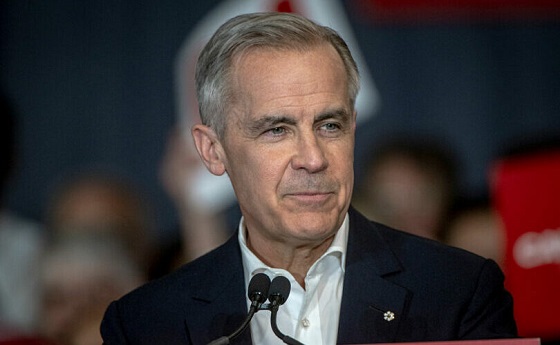
 2025 Federal Election17 hours ago
2025 Federal Election17 hours agoColumnist warns Carney Liberals will consider a home equity tax on primary residences





